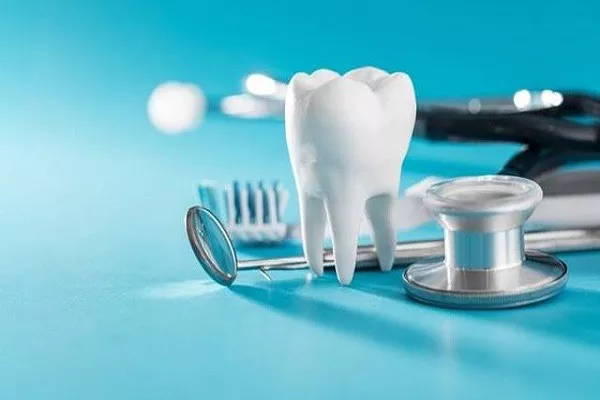Tooth fillings are commonly used to restore teeth damaged by decay or trauma, providing strength and stability to the affected tooth. However, despite their durability, tooth fillings can sometimes fall out, leading to discomfort and the need for prompt dental intervention. In this comprehensive guide, we will delve into the various factors that can cause tooth fillings to fall out, offering insights and solutions to address this common dental issue. By understanding the reasons behind lost tooth fillings, individuals can take proactive steps to protect their oral health and prevent future complications.
The Factors Behind Lost Tooth Fillings
Poor Adhesion: One of the primary reasons for tooth fillings falling out is poor adhesion between the filling material and the tooth structure. Inadequate bonding can result from factors such as inadequate tooth preparation, contamination of the bonding surface, or insufficient curing of the filling material.
Tooth Decay: Tooth decay can compromise the integrity of the tooth structure surrounding the filling, leading to weakening and eventual dislodgement of the filling material. Additionally, recurrent decay around the margins of the filling can contribute to its failure.
Chewing Forces: The forces generated during chewing and biting can place significant stress on dental fillings, particularly if they are located in high-pressure areas of the mouth. Over time, this constant pressure can weaken the bond between the filling and the tooth, causing it to loosen or break off.
Grinding and Clenching: Bruxism, or teeth grinding and clenching, can exert excessive force on dental fillings, leading to their premature failure. Individuals who habitually grind or clench their teeth may experience accelerated wear and deterioration of their fillings.
Trauma or Injury: Traumatic injuries, such as a blow to the face or a sports-related accident, can dislodge tooth fillings or cause them to crack or fracture. Additionally, biting down on hard objects or using teeth as tools can also damage fillings and increase the risk of failure.
Age and Wear: Over time, dental fillings may wear down or degrade due to normal wear and tear, leading to their eventual failure. Older fillings may become discolored, cracked, or weakened, making them more prone to falling out or breaking.
Prevention and Management Strategies
Regular Dental Check-ups: Schedule routine dental examinations to monitor the condition of your fillings and identify any signs of wear, decay, or instability. Your dentist can recommend appropriate treatment options to address any issues before they escalate.
Maintain Good Oral Hygiene: Practice thorough oral hygiene habits, including brushing your teeth twice a day with fluoride toothpaste, flossing daily, and using an antiseptic mouthwash to reduce bacteria in the mouth. Good oral hygiene can help prevent decay and protect the longevity of dental fillings.
Address Bruxism: If you experience bruxism, consult your dentist about wearing a custom-made mouthguard or nightguard to protect your teeth and dental fillings from the damaging effects of grinding and clenching.
Avoid Hard Foods and Objects: Be mindful of your eating habits and avoid biting down on hard foods, ice cubes, or non-food items that can damage dental fillings or cause them to dislodge.
Replace Old Fillings: If you have older fillings that show signs of wear, deterioration, or recurrent decay, consider having them replaced with new, more durable filling materials to restore the strength and integrity of the affected teeth.
Conclusion: Promoting Longevity and Stability of Tooth Fillings
In conclusion, tooth fillings can fall out due to various factors, including poor adhesion, tooth decay, chewing forces, bruxism, trauma, and age-related wear. By understanding the reasons behind lost tooth fillings and implementing preventive measures, individuals can protect their oral health and preserve the stability and longevity of their dental restorations. Regular dental check-ups, good oral hygiene practices, addressing bruxism, avoiding hard foods and objects, and timely replacement of old fillings are essential strategies for preventing and managing the issue of tooth fillings falling out. By taking proactive steps to care for their dental fillings, individuals can enjoy restored dental health and function for years to come.
When Can i eat after filling a cavity?
Can U Eat After A Cavity Filling
Can I Drink Soda After Cavity Filling





























